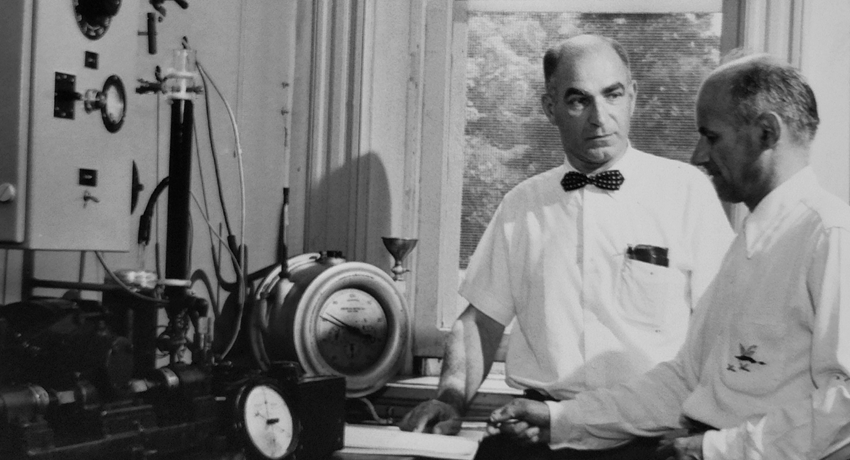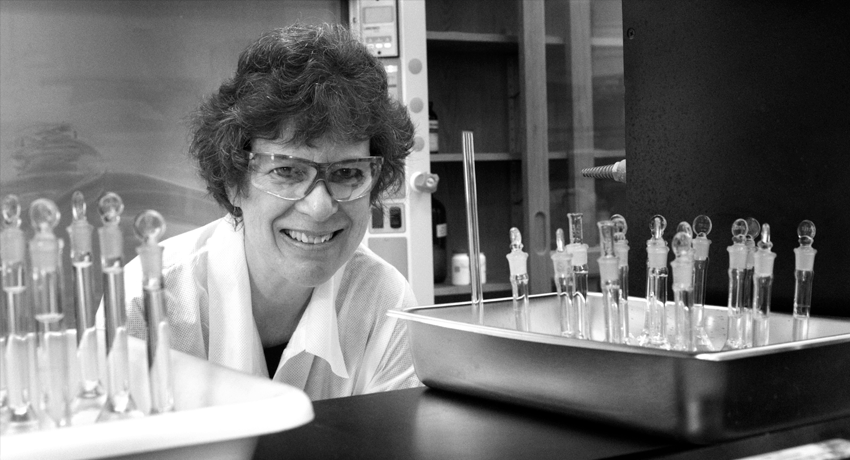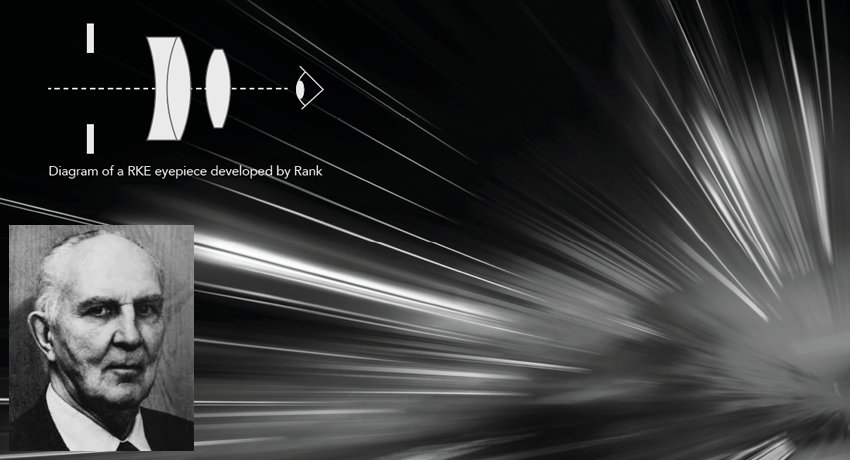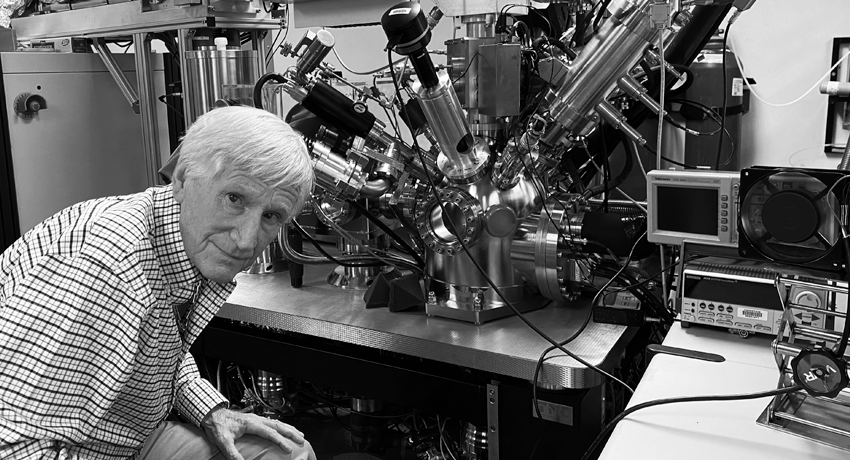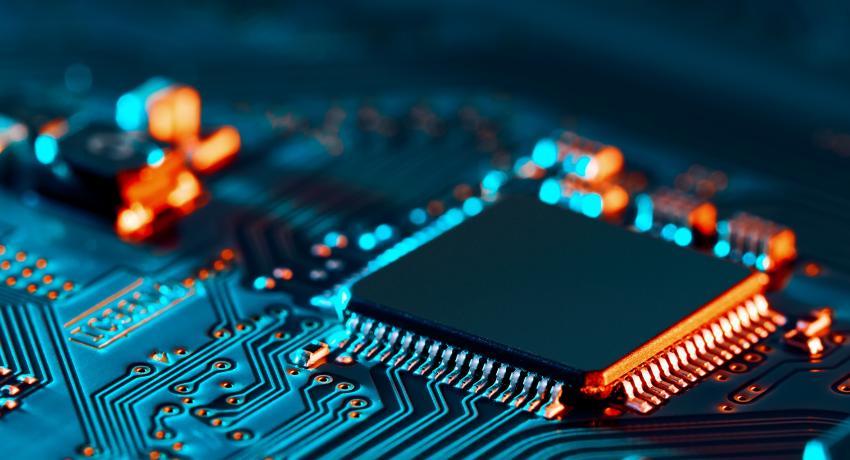Fenske: Merrell R. Fenske
Fenske Revolutionized Oil Refining
Merrell Fenske joined the Penn State chemical engineering and chemistry faculty in 1929 as the Great Depression was dawning, inspiring him to focus his research on aiding the Pennsylvania petroleum industry.
Brantley: Susan Brantley
Predicting the Future from the Critical Zone
Susan Brantley joined the Penn State Geoscience Faculty in 1986. Brantley’s research focused on low-temperature fluid-mineral interactions, biological reactions in water-rich soils, and the geochemical processes transforming rock into soil. From these natural weathering processes, she established key mechanisms and rates to predict geological stability, landscape evolution, and contaminant movement through soil and rocks.
Hogg: Richard Hogg
Breathe Easier - Hogg Crushed Materials
The particle technology innovator also enabled cleaner air for mineral workers
Richard Hogg’s research impacted the mining and energy industries with breakthroughs in many areas of particle technology that enabled both more efficient processing of coal and other minerals, and safer conditions for employees working with these materials. Hogg joined the Penn State faculty in 1969 in the Department of Material Preparation, which later became the Department of E
Rank: David H. Rank
David H. Rank - Chased the Speed of Light
A pioneer in the field of optics, especially infrared spectroscopy
David H. Rank’s wide range of breakthroughs in the field of optics all came while working at Penn State, where the Pennsylvania native spent his entire career from the moment he joined the University as a graduate student in 1930 to his retirement in 1972.
Xiaogang Hu
(e) xxh120@psu.edu
205 Reber Building
Winograd: Nick Winograd
Winograd Bombarding Surfaces to Understand Chemistry
Winograd’s chemical imaging technique proves long-theorized existence of metabolons in cells.
$3M grant targets integrated semiconductor for smarter, greener electronics
By Jamie Oberdick
The microelectronics industry is nearing a tipping point. The silicon chips at the heart of everyday electronic devices are running into performance limits, raising the need for new materials and technologies to continue making faster, more efficient devices.
Materials Research Institute names 2024 Roy Award winners
By Jamie Oberdick
Six Penn State materials researchers have received the 2024 Rustum and Della Roy Innovation in Materials Research Award, recognizing a wide range of research with societal impact. The award is presented by the Materials Research Institute (MRI) and recognizes recent interdisciplinary materials research at Penn State that yields innovative and unexpected results.

